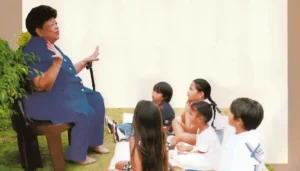
Clotilde “Ding” Castro Gould
Clotilde “Ding” Castro Gould (1930-2002) was a beloved storyteller, educator and advocate for Chamorro language and culture. Through her sense of humor and gift for

Clotilde “Ding” Castro Gould (1930-2002) was a beloved storyteller, educator and advocate for Chamorro language and culture. Through her sense of humor and gift for
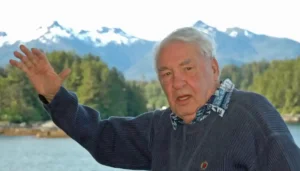
Joseph C. Murphy (1927-2009) was a newspaper columnist and editor best known for “Pipe Dreams,” a column he wrote for more than 50 years.

Archbishop Felixberto C. Flores (1921 – 1985) was the first Chamorro/ CHamoru bishop. He was born Felixberto Camacho Flores on 13 January 1921, in Hagåtña,
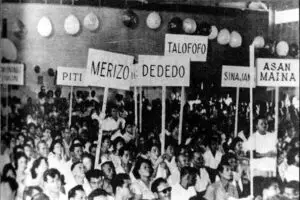
The formation of the Territorial Party of Guam was the beginning of the two-party political system on Guam, which previously only had one political party;
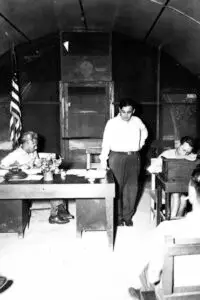
The Republican Party of Guam has played a major role in island politics since its inception in 1966. Five of Guam’s seven elected governors have
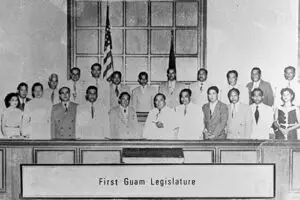
The Guam Legislature is the lawmaking body of the government of Guam, and has been in existence since the passage of the Organic Act of
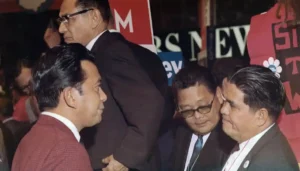
The story of the Democratic Party of Guam traces back to the beginnings of representative democracy on the island. In the three centuries prior to
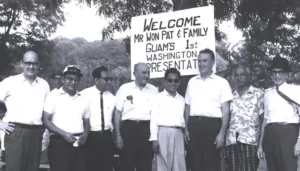
First elected to the Guam Congress in 1936, Antonio Borja Won Pat (1908 – 1987) was a mainstay in Guam politics. He was most noted

“Guamanian,” a term that evolved in the early years after World War II, was informally adopted as a means to distinguish between the Chamorros from
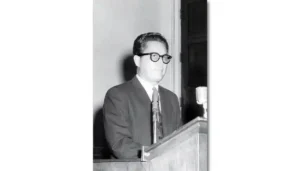
Carlos Pangelinan Taitano (1917 – 2009) was one of the leaders from Guam who brought about the signing of the Organic Act for Guam. He